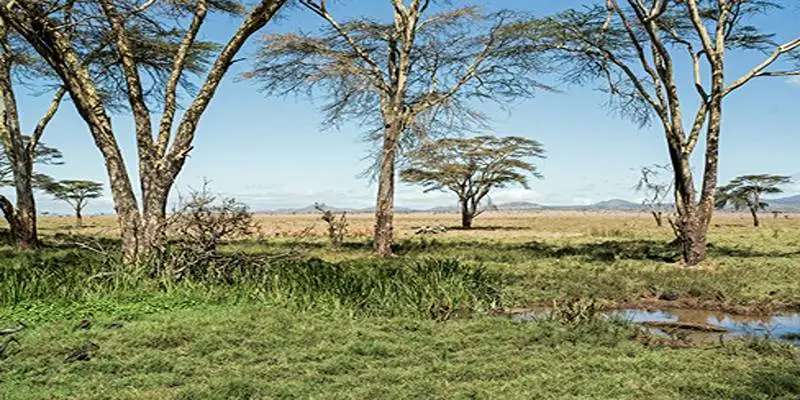Egypt is a mesmerizing destination that seamlessly merges its rich ancient history with a dynamic modern culture. It is celebrated for its iconic landmarks, from the legendary Great Pyramids to the tranquil Nile River, offering countless opportunities to immerse oneself in its deep-rooted traditions. This comprehensive 13-day travel plan will take you through the heart of Egypt, visiting Cairo, Luxor, and Aswan, and exposing you to some of the most renowned temples and archaeological gems globally. Experience the grandeur of the Sphinx, the labyrinthine tombs of the Valley of the Kings, and a cruise along the Nile—Egypt is a land of unforgettable adventures.
Cairo and Giza's Majestic Pyramids
Days 1-2: Unveiling the Mysteries of Giza
Begin your Egyptian odyssey by exploring the awe-inspiring Pyramids of Giza. Spend the first couple of days in awe of the Pyramid of Khufu and the Sphinx. For the adventurous, consider venturing inside the pyramids or embarking on a camel trek across the desert. Be sure not to miss the evening light and sound show that brings the pyramids to life, narrating the story of ancient Egypt.
Day 3: Diving into the Egyptian Museum
Spend Day 3 at the Egyptian Museum in Cairo, where you can delve into the country's illustrious history. The museum houses an extensive collection, including the treasures of Tutankhamun, with over 120,000 artifacts on display. The mummies room provides a unique insight into the burial customs of Egypt's nobility, offering an educational and immersive experience.
Day 4: Uncovering Old Cairo's Historical Gems
On the fourth day, immerse yourself in the historical treasures of Old Cairo. Discover Coptic Cairo, which includes the Hanging Church and Ben Ezra Synagogue, to understand the Christian and Jewish legacies. Visit the Citadel of Saladin to witness the Alabaster Mosque of Muhammad Ali and enjoy sweeping views of Cairo, marking a fitting farewell to the city.
Luxor and the Kings' Valley
Days 5-6: Luxor Temple and Karnak Temple
Luxor is particularly enchanting after dark. Day 5 is dedicated to visiting Luxor Temple, while Day 6 is reserved for the expansive Karnak Temple, once the religious heart of ancient Egypt. The Hypostyle Hall, with its towering columns, is a must-see.
Day 7: Venturing into the Valley of the Kings
On Day 7, head to the west bank of the Nile to explore the Valley of the Kings. This ancient necropolis contains the tombs of Egypt's most powerful pharaohs, including Tutankhamun's famous resting place. The well-preserved wall paintings offer a vivid look into the ancient Egyptians' concepts of the afterlife.
Day 8: Temple of Hatshepsut and Colossi of Memnon
Conclude your Luxor exploration with a visit to the Temple of Hatshepsut, which honors one of Egypt's few female pharaohs. The temple's terraced design against the backdrop of rugged cliffs is striking. Also, don't miss the Colossi of Memnon, two monumental statues that have stood for over three millennia.
Nile River Cruises and Aswan's Temples
Days 9-11: Nile Cruise from Luxor to Aswan
Set sail on a peaceful Nile cruise from Luxor to Aswan, an ideal way to appreciate Egypt's scenic landscapes and historical landmarks. En route, stop at various temples and monuments to maximize the enjoyment of this picturesque voyage.
Day 12: Philae Temple and Aswan High Dam
Upon arrival in Aswan, visit the exquisite Philae Temple, dedicated











